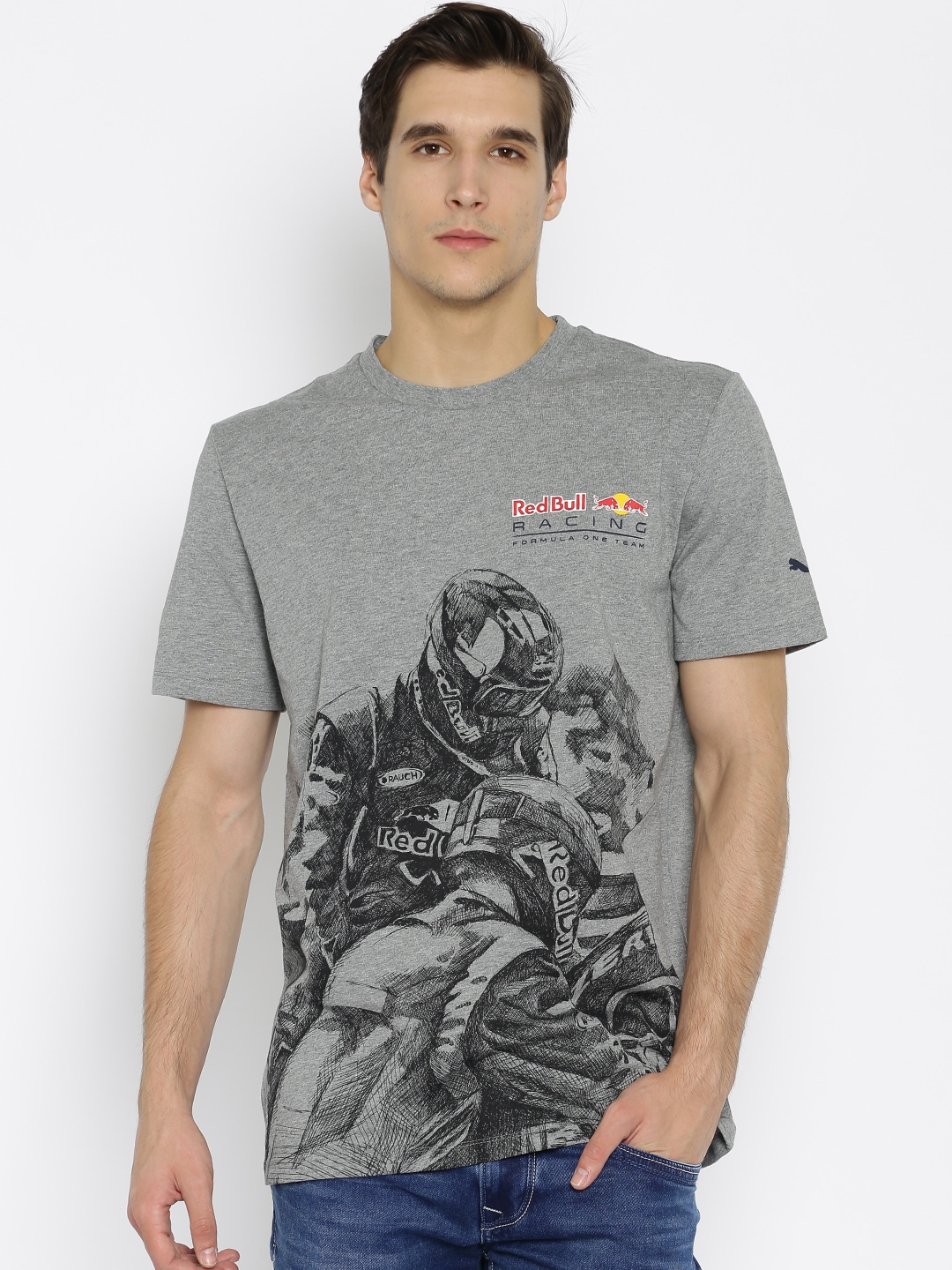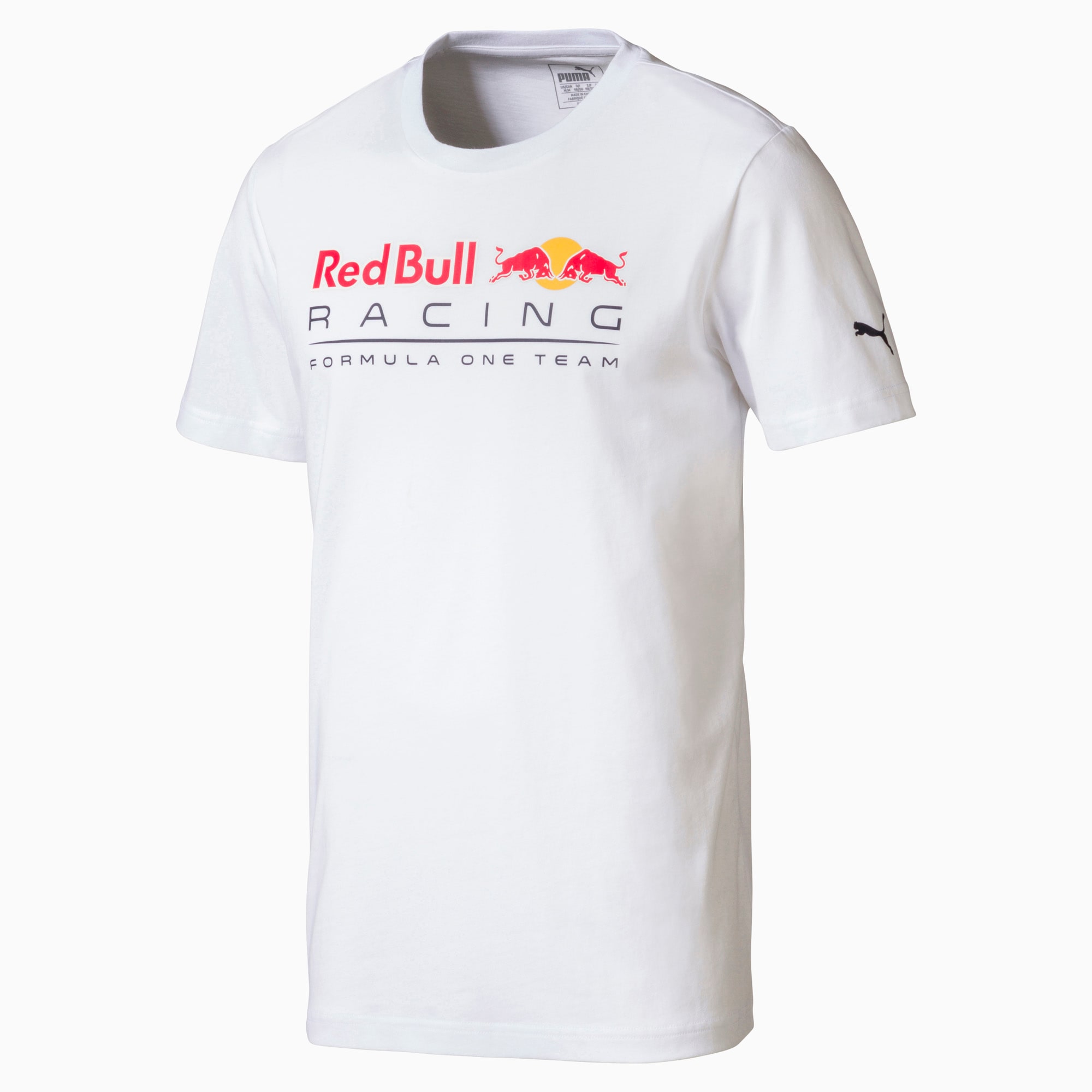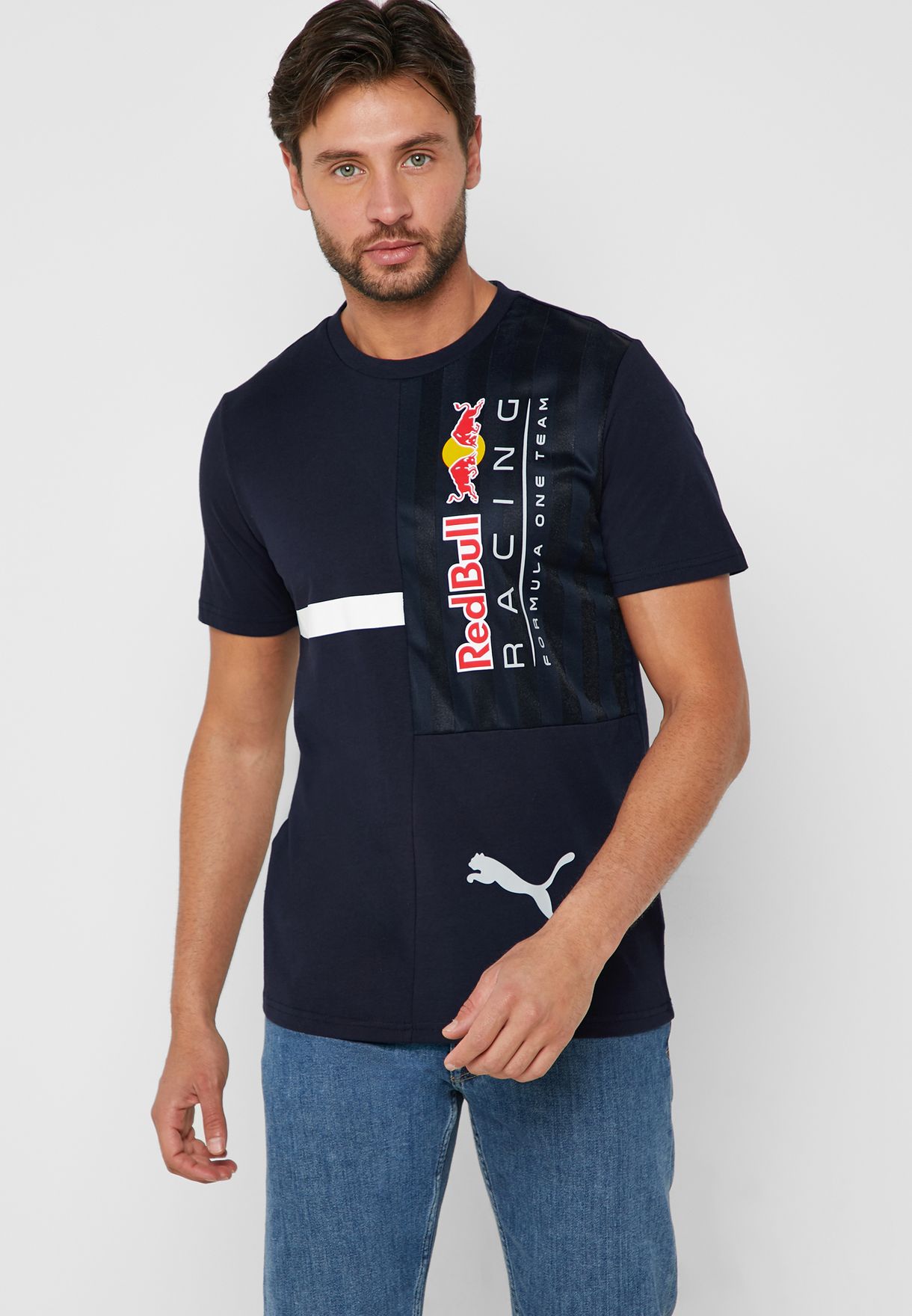
Puma Red Bull Racing Honda F1 Tee Shirt Max Verstappen Sergio Perez, Men's Fashion, Tops & Sets, Tshirts & Polo Shirts on Carousell

Buy PUMA Motorsport Men Grey Melange Printed Red Bull Racing Pure Cotton T Shirt - Tshirts for Men 1568460 | Myntra
























